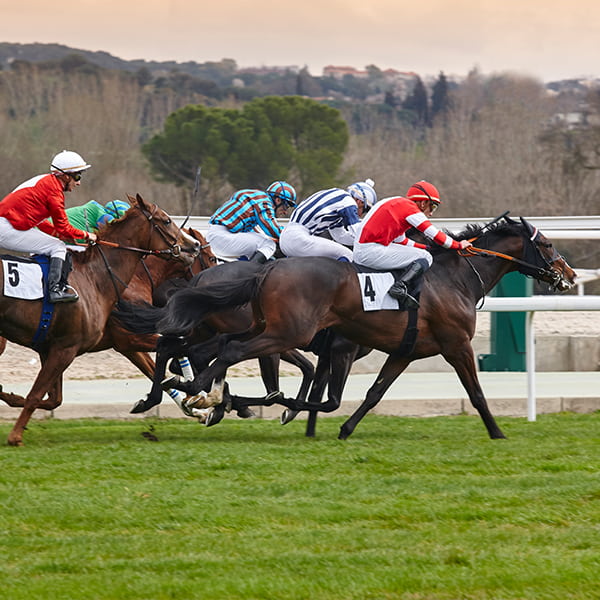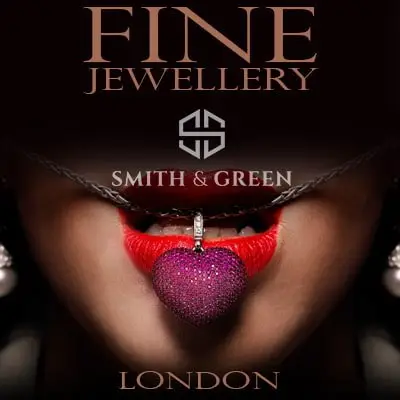Author: Lindsay Griffin
The Kentucky Derby is an American institution, but there is no doubt that the race has been heavily influenced by the British.
As are all Derbies across the globe, the Kentucky Derby is modeled after Great Britain’s famed Derby Stakes at Epsom. There are quite a few differences between the two races: for example, they are run on different surfaces (Kentucky’s race is on dirt, while Britain’s is on grass), in different directions (all American races are counterclockwise, while the British tradition is clockwise), and over different distances (the American race began at 1 ½ miles and was shortened to 1 ¼, while the British race began at 1 mile and was lengthened to 1 ½ miles); however, both races are designed to showcase the sport’s most talented three-year-olds horses as well as the great people responsible for conditioning them.
As the sport (and the world at large) becomes more global, more and more people and horses from around the world are likely to influence both the Kentucky Derby and the Epsom Derby, as well as other great international races. Find more information on how to wage on these races here: https://www.twinspires.com/edge/racing/wagering/
Here are four examples of how British people and horses have made an impact on America’s greatest race.
Lord Derby
“Lord Derby” refers to the title of the Earl of Derby, which has been held by the Stanley family since 1485. It is the 12th Earl of Derby, Edward Smith-Stanley, who created the initial Derby Stakes at Epsom in 1780. He also ran several of his own horses in the initial runs of the race, claiming victory in 1787 with Sir Peter Teazle.
It was his descendant, Edward George Villiers Stanley, the 17th Earl of Derby, who had the greater direct impact on the Kentucky Derby, however. While he won his family’s famed race three times (in 1924 with Sansovino, in 1933 with Hyperion, and in 1942 with Watling Street), his biggest contribution to the racing world was as the breeder of a colt named Phalaris. Phalaris was primarily a sprinter on the racetrack, but he became easily the most influential sire of the 20th Century. Phalaris’s tail-male descendants alone account for 55 Kentucky Derby winners, including all who descend from Native Dancer, Northern Dancer, and Bold Ruler.


*Omar Khayyam
The first of two British-bred winners of the Kentucky Derby, *Omar Khayyam was sold to American owners C. K. G. Billings and Frederick Johnson as a yearling in 1915 and never again stepped foot in his native land. He ran second in the 1916 Hopeful Stakes at Saratoga, showing promise. The following year, the Kentucky Derby and the Preakness were run on the same day (the races did not become recognized as a series until the 1930s), and trainer Charles Patterson elected to send the colt to Kentucky, where he won in come-from-behind fashion at 13-1 odds.
Although his owners sold him three weeks later, *Omar Khayyam proved that his victory was not a fluke by winning the Prospect Handicap, the Brooklyn Derby, the Kenner Stakes, the Travers Stakes, the Lawrence Realization Stakes, the Saratoga Cup, and the Pimlico Autumn Handicap, all of which were important races in America at the time. He also won a match race over Belmont Stakes winner *Hourless. Accordingly, he was considered the champion of his crop for 1917 and one of the top horses in training in America.
Omar Khayyam won the Liberty Bond Handicap at four and the Rennert Handicap at five before standing stud at Claiborne Farm, where he has modest success.
*Tomy Lee
The second British-bred horse to win the Kentucky Derby was *Tomy Lee, who was sold as a weanling to Fred and Juliette Turner for just over $6700. They had originally intended for *Tomy Lee to merely be a companion for a horse named Tuleg, who was never able to fulfill his promise due to injury.
Instead, *Tomy Lee became a bargain. As a two-year-old in 1958, he won the Haggin Stakes, the Hollywood Juvenile Championship Stakes, and the Del Mar Futurity. While he was not officially considered the leader of his crop, he raced against champion First Landing twice and was in contention both times.
*Tomy Lee added four more victories in 1959, and his nose win in the Kentucky Derby came after one of the most dramatic stretch battles in the 150-year history of the race. However, his luck appeared to run out after the Derby, as he never won another race of importance. The racing world had hopes for him as a stallion; however, while he was fertile, his sperm died quickly and he was unable to impregnate mares.
Queen Elizabeth II
Queen Elizabeth II made history as the first reigning monarch to attend the Kentucky Derby in 2007. Although she had visited horse farms in Kentucky on other occasions, 2007 marked the first and only time she and Prince Philip made a public appearance at the famed event.
A lifelong fan of Thoroughbred racing, as was her mother, Queen Elizabeth II wore a lime-green suit and a wide-brimmed hat to celebrate the festivities, and as many patrons hoped to catch a glimpse of her as hoped to choose a Derby winner. If Her Majesty placed a wager on the Run for the Roses, it was not made public.
















